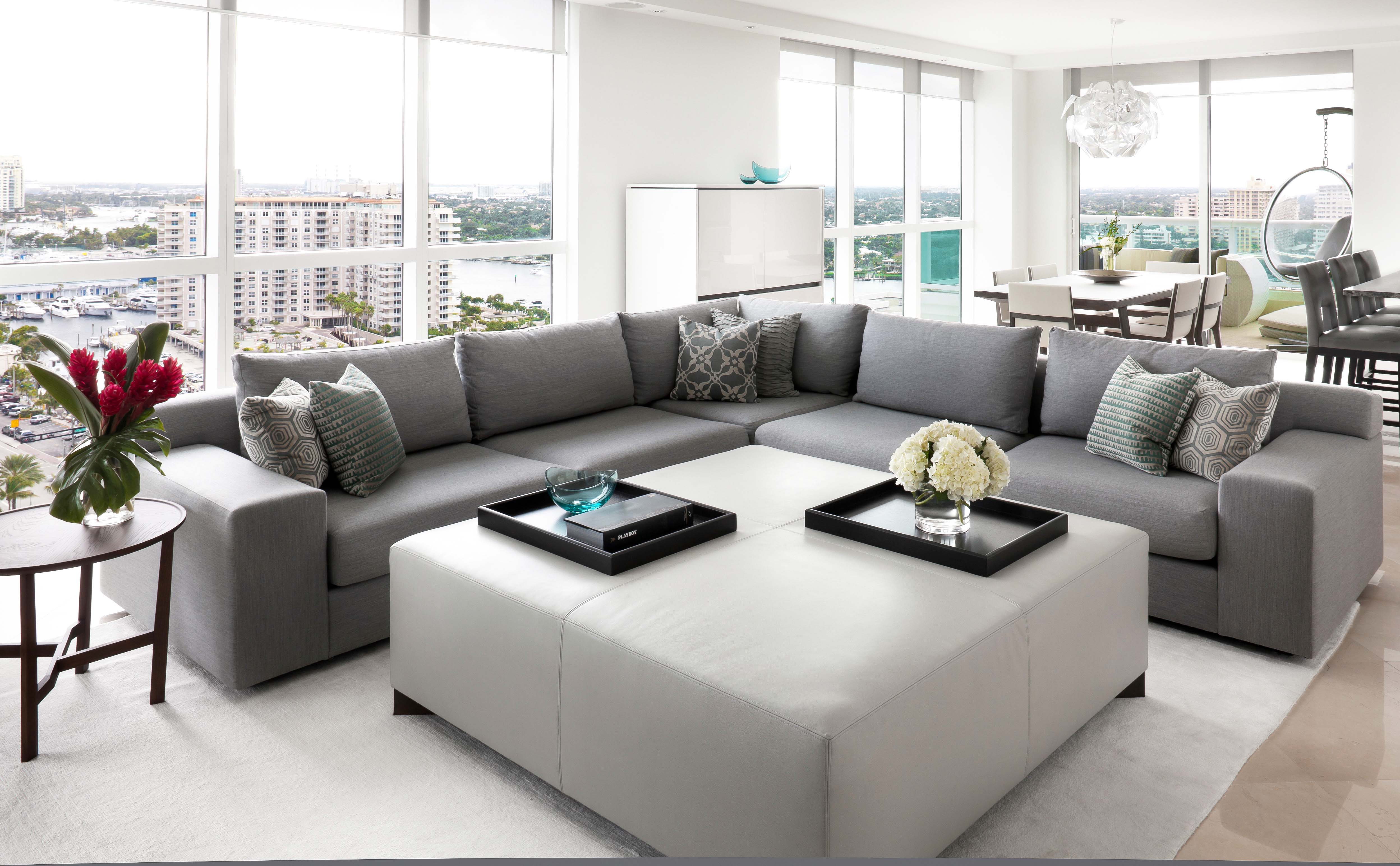Chic Simplification: Transforming Spaces with Modern Furniture Design
In today’s fast-paced world, the spaces we inhabit reflect our lifestyles and values. modern furnitures and interiors plays a pivotal role in creating interiors that are not only functional but also aesthetically pleasing. The minimalist approach emphasizes simplicity and elegance, allowing us to craft environments that foster relaxation and creativity. By choosing contemporary pieces, we can transform any area into a chic haven that resonates with our personal style.
Modern furnishings are characterized by clean lines, versatile materials, and a focus on practicality. This design philosophy encourages a decluttered atmosphere, enhancing both the beauty and functionality of our homes. As we explore the essence of modern interiors, we uncover how these thoughtfully designed elements can elevate our everyday living experiences, turning ordinary spaces into extraordinary retreats.
The Essence of Modern Furniture
Modern furniture embodies a philosophy of simplicity and functionality that reflects contemporary lifestyles. Originating in the early to mid-20th century, this design movement sought to break away from ornate styles and rigid forms, favoring clean lines and unembellished surfaces. The goal was to create pieces that served a purpose while fitting seamlessly into various home environments. This ethos continues to influence how we perceive and utilize space, making modern interiors feel dynamic yet cohesive.

Characterized by materials such as metal, glass, and molded plastics, modern furniture is not only visually appealing but also practical. These materials allow for innovative designs that can be both lightweight and durable, catering to the fast-paced needs of everyday life. The emphasis on quality craftsmanship ensures that these pieces not only look good but also stand the test of time, making modern furniture a lasting investment for stylish living spaces.
Furthermore, modern furniture promotes a sense of openness and flow within interiors. By eliminating unnecessary ornamentation and focusing on form and function, these designs prioritize comfort and ease of movement. This approach creates inviting spaces that foster relaxation and conversation, aligning perfectly with the principles of minimalism and sustainable living. In essence, modern furniture transcends mere aesthetic appeal; it has the power to transform how we live and interact within our environments.
Key Elements of Interior Design
Creating a harmonious interior involves understanding the fundamental elements that contribute to the overall aesthetic and functionality of a space. Color plays a pivotal role in setting the mood and influencing emotions. Choosing a cohesive color palette can enhance the flow between rooms and highlight the unique features of modern furniture. From vibrant hues that energize a room to soft tones that promote tranquility, the right colors can transform a space into a personal sanctuary.
Another vital component is the arrangement of furniture and spatial design. Modern furniture often boasts clean lines and minimalistic forms, allowing for flexibility in layouts. The way furniture is positioned can define movement and interaction within the space. Consideration of scale and proportion becomes essential, as pieces should complement each other while also fitting comfortably within the dimensions of the room. Smart layering and the use of multifunctional furniture can help maximize the usability of a modern interior.
Lastly, lighting is crucial in accentuating the beauty of modern furnishings and creating an inviting atmosphere. Natural light should be embraced where possible, while strategically placed artificial lighting can highlight architectural elements and furniture pieces. Different types of lighting — ambient, task, and accent — can work together to enhance the overall design. By focusing on these key elements, one can achieve a sophisticated and cohesive interior that reflects contemporary style and personal taste.
Creating Balance in Space
Achieving balance in modern interiors is essential for creating a harmonious environment. This balance can be accomplished through the strategic arrangement of furniture, ensuring that spaces feel cohesive rather than cluttered. Modern furniture design often emphasizes clean lines and minimalism, which can help distribute visual weight evenly across a room. By selecting pieces that complement each other in color and form, it becomes easier to cultivate a space that feels both functional and aesthetically pleasing.
Proportion and scale play a crucial role in maintaining equilibrium within modern interiors. When furniture is appropriately sized for a given space, it allows for seamless movement and interaction. For instance, pairing larger statement pieces with smaller accessories can create a visual rhythm. Additionally, incorporating varying heights, such as tall bookshelves alongside low coffee tables, adds depth and interest while ensuring that no single element dominates the space.
Lastly, the use of color and texture contributes significantly to the overall balance of modern interiors. A neutral palette can act as a canvas, allowing bold furniture choices to stand out without overwhelming the senses. Meanwhile, mixing various textures—like smooth leather with soft fabrics—invites tactile interaction. This thoughtfully curated approach to color and texture not only enhances visual balance but also elevates the emotional experience of the space, making it a true reflection of contemporary living.